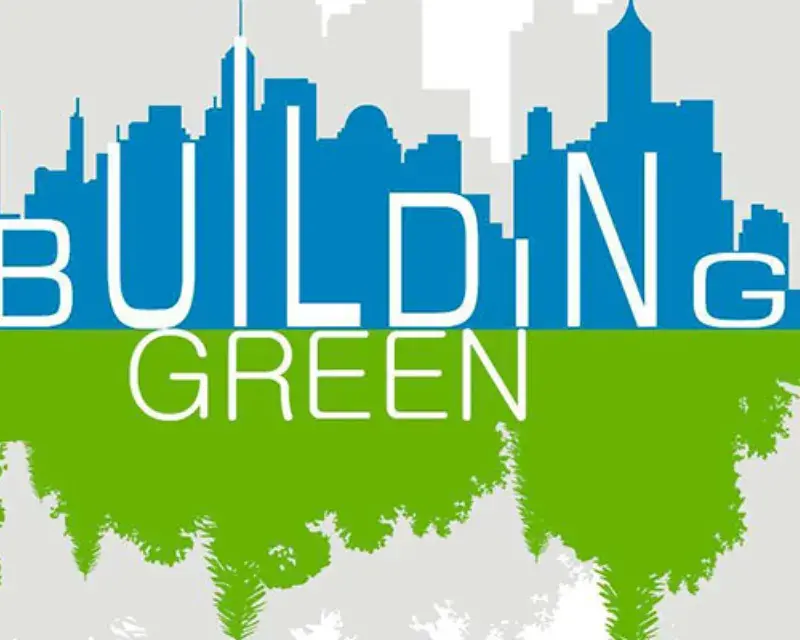In the quest for a sustainable future, the concept of green building has emerged as a beacon of hope and innovation within the civil engineering sector. Green building, or sustainable construction, refers to the practice of creating structures that are environmentally friendly, energy-efficient, and designed to minimize negative impacts on both the environment and occupants’ health. This blog delves into the intricate world of green building, examining its costs, benefits, and the pivotal role it plays in modern civil engineering.
Defining Green Building
At its core, green building is about designing and constructing buildings in ways that reduce the overall environmental footprint. This encompasses a wide array of strategies, from using eco-friendly materials to implementing energy-saving technologies and focusing on water conservation.
– Energy Efficiency: Green buildings are designed to use less energy, often achieving significant reductions in electricity consumption compared to conventional buildings.
– Material Use: The selection of materials in green construction prioritizes those that are sourced sustainably, contain fewer toxins, and are recyclable or reusable.
– Water Conservation: Strategies include rainwater harvesting, greywater recycling, and the use of low-flow fixtures to conserve water.
The Economics of Green Building
The cost of green building can vary widely depending on the scale of the project, the specific green features implemented, and the market conditions. However, the long-term savings and benefits often outweigh the upfront costs.
– Initial Investment: The upfront costs of green building can be higher due to the premium prices of certain materials and technologies. However, these costs are offset by lower operating expenses and increased property values.
– Operational Savings: Green buildings typically incur lower utility bills due to reduced energy and water consumption. Over time, these savings can significantly offset the initial investment.
– Healthier Occupants: Improved indoor air quality and thermal comfort in green buildings can lead to healthier occupants, potentially reducing healthcare costs and absenteeism.
Case Studies in Modern Civil Engineering
Several notable projects illustrate the practical application of green building principles in modern civil engineering.
– LEED Platinum Buildings: The Leadership in Energy and Environmental Design (LEED) certification system recognizes buildings that meet strict environmental standards. Many LEED Platinum buildings achieve net-zero energy use, demonstrating the feasibility of green construction on a large scale.
– Passive House Standards: Passive houses are ultra-energy-efficient buildings that require minimal heating and cooling. These standards represent the pinnacle of green building design, showcasing the potential for zero-carbon living spaces.
The Role of Government Policies and Incentives
Government policies and incentives play a crucial role in encouraging green building. These can include tax credits, rebates, and grants for energy-efficient upgrades, as well as zoning laws that promote sustainable development.
– Policy Support: Governments around the world are implementing policies to encourage green building, recognizing its role in combating climate change and promoting economic growth.
– Market Demand: Increasing consumer demand for green products and services is driving the market for sustainable construction, further incentivizing builders to adopt green practices.
Conclusion
Green building represents a paradigm shift in civil engineering, embodying a commitment to sustainability, health, and community well-being. Despite the initial investment, the long-term benefits of green construction—both economically and environmentally—are undeniable. As we navigate the challenges of a changing climate, the adoption of green building practices is not just a choice; it’s a necessity. By embracing the principles of green building, modern civil engineering is poised to lead the way towards a more sustainable and resilient future.






